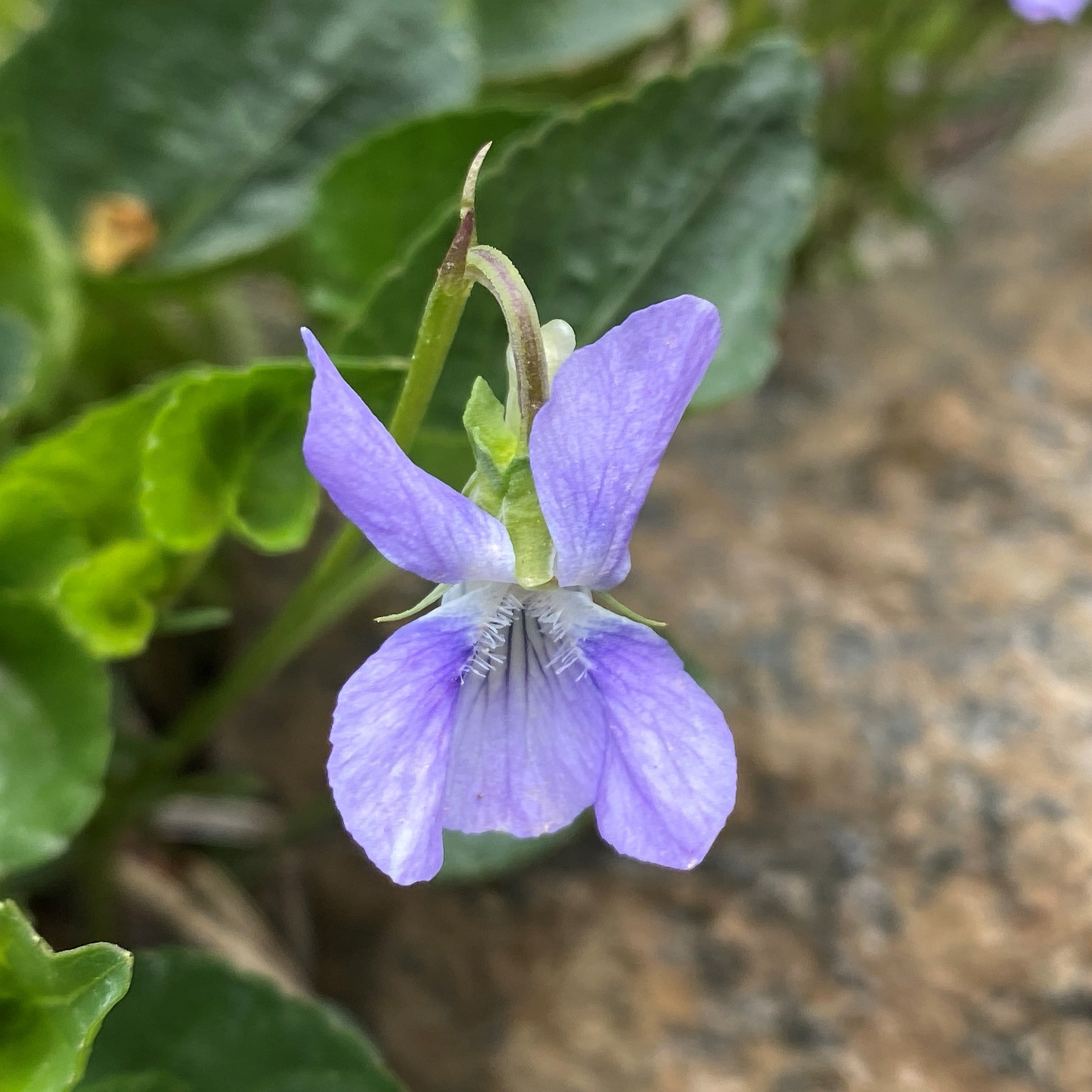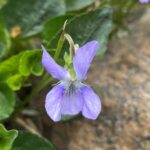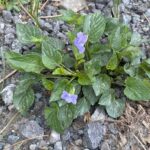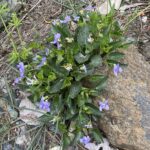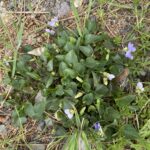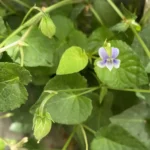Βιολέτα η σιεχεάνεια
Etymology of Viola sieheana
The name of the genus, "Viola", is the classical Latin name for this genus. "Viola" is derived directly from the Latin word viola, which simply means "violet" or "a violet flower." This ancient Latin term has been used since classical antiquity to refer to plants of this genus, known for their typically purple, blue, or white flowers. The common name "violet" in English, and similar names in many other European languages, are direct descendants of this Latin root.
The specific epithet "sieheana" honors the German botanist and plant collector Walter Siehe (1859-1928). Siehe was a prolific collector, particularly active in the late 19th and early 20th centuries, who gathered numerous plant specimens from the Near East, including what was then the Ottoman Empire (which encompassed Cyprus at the time). Many new species discovered by him were subsequently named in his honor by other botanists to acknowledge his significant contributions to botany and our understanding of the flora of these regions. Therefore, Viola sieheana means "Siehe's Violet."
The Viola genus in Cyprus
There are 7 Viola taxa found in Cyprus.
Key characteristics of Viola sieheana
Geographical Distribution
Viola sieheana is endemic to the island of Cyprus. This means it is found naturally only on Cyprus and nowhere else in the world. It is typically found at higher elevations within the Troodos mountain range, thriving in specific microclimates that provide the necessary moisture and shade.
Size and Growth Habit
Viola sieheana is a relatively small, herbaceous perennial plant. It typically forms low-lying clumps, often nestled among rocks or in other sheltered spots. The plant's overall height is generally modest, usually just a few centimeters tall, with its flowering stems extending slightly above the leaves.
Floral Characteristics
The flowers of Viola sieheana are the most striking feature, displaying typical violet morphology with five petals. They are primarily violet or purple in color. A key diagnostic feature for this species is that its sepals are acute, meaning they come to a sharp point. Unlike some other violet species, the flowers of Viola sieheana are described as scentless. The blooming period typically occurs in spring, from March to May, depending on the specific altitude and prevailing weather conditions.
Vegetative Characteristics
The plant is generally characterized as glabrous, meaning it is smooth and hairless, or very nearly so. Its leaves are typically cordate (heart-shaped) to reniform (kidney-shaped), often with crenate (scalloped) margins. A crucial identifying feature relating to its vegetative structure is that its stipules are not membranous; instead, they are usually leaf-like or herbaceous. These stipules are appendages found at the base of the leaf stalk.
Viola sieheana in Cyprus
Viola sieheana is a species of violet endemic to the island of Cyprus. It belongs to the Violaceae family and is a relatively small, herbaceous perennial plant. It is particularly notable for its restricted geographical range and specific habitat requirements within Cyprus. It is encountered in central mountainous Cyprus between an altitude of 750-1950 metres (the absolute top). It primarily grows near wet or/and shaded areas. Its flowering period could range between March and June.
